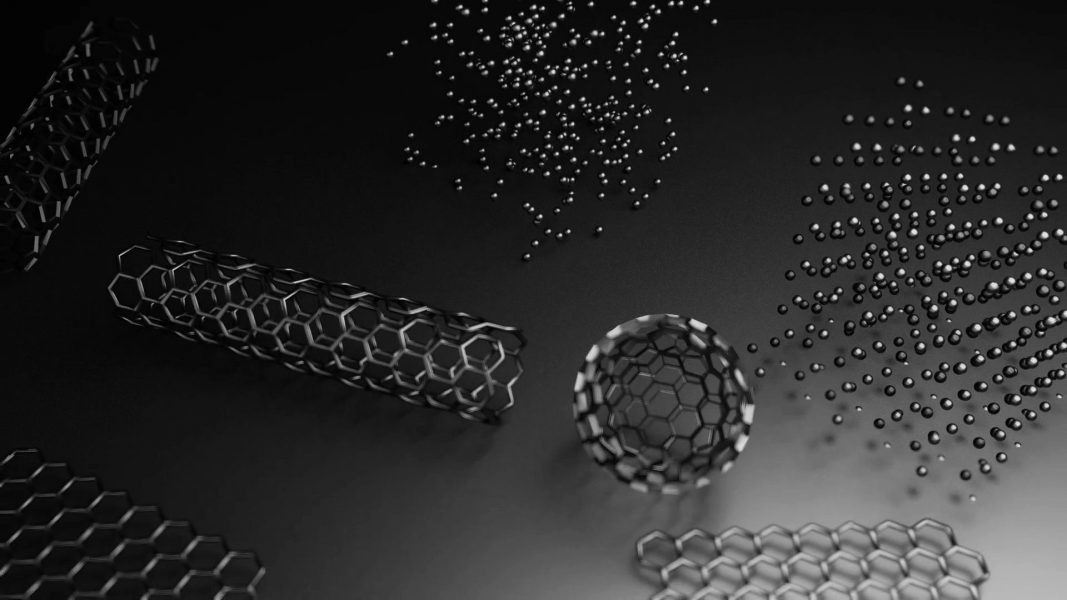Improved disease diagnosis and advanced therapies are required to treat life-threatening conditions, including cancer. Carbon nanomaterials have emerged as promising materials to reach these goals.
In Advanced Materials, Dr. Edward Kai-Hua Chow and co-workers from the National University of Singapore review the clinical application of carbon nanomaterials in diagnostics and therapy.
Dr. Edward Kai-Hua Chow: “Carbon nanomaterials can occur in diverse structures including nanodiamonds, nanotubes, and graphene. These materials possess superior structural strength and have various electrical, chemical, and magnetic properties that can be tailored to a specific application.
Carbon nanomaterials are ideal for imaging-based diagnostics due to their unique structural and functional properties. Carbon nanotubes can be easily functionalized for stimuli-responsive, targeted drug delivery, while graphene is ideal for scaffolds for tissue regeneration.
The surface of carbon nanodiamonds has facets with different electrostatic fields, making them ideal for biochemical functionalization. For example, functionalization with chemotherapeutics, proteins and peptides, and/or nucleic acids can confer several advantages at once, resulting in powerful theranostic tools.
However, carbon nanomaterial toxicity is a concern that can result from many factors including agglomeration of the nanomaterials, route of administration, and particle size. Further steps are needed to fully address these issues.”
To find out more about clinical applications of carbon nanomaterials, please visit the Advanced Materials homepage.

















